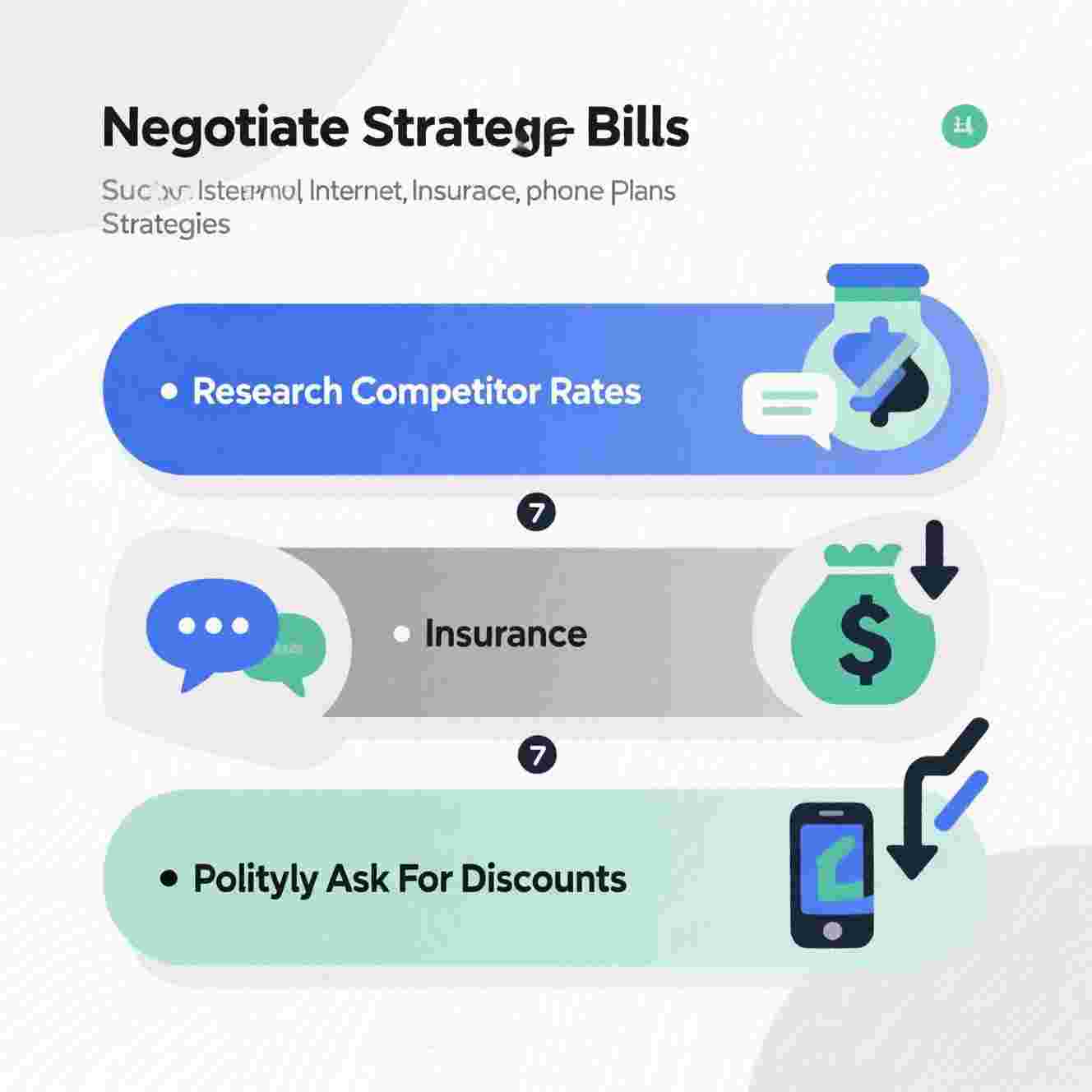Step-by-Step Guide to Building a $10K Emergency Fund in 1 Year

An emergency fund is a financial safety net designed to cover unexpected expenses, such as medical bills, car repairs, or job loss. Financial experts recommend saving 3–6 months' worth of living expenses, and a $10,000 emergency fund is an excellent starting goal for many individuals.
Building this fund in just one year requires discipline, strategic planning, and consistent effort. This guide provides a step-by-step roadmap to help you save $10,000 in 12 months, even on a modest income.
Step 1: Assess Your Financial Situation
Before saving, evaluate your:
-
Monthly income (after taxes)
-
Essential expenses (rent, utilities, groceries, debt payments)
-
Discretionary spending (entertainment, dining out, subscriptions)
Use a budgeting app (like Mint, YNAB, or EveryDollar) to track cash flow and identify saving opportunities.
Step 2: Set a Realistic Monthly Savings Target
To save $10,000 in 12 months, you need:
-
$833 per month
-
$192 per week
-
$28 per day
If this seems challenging, adjust your timeline or find ways to increase income or reduce expenses.
Step 3: Cut Unnecessary Expenses
Reduce discretionary spending by:
✅ Canceling unused subscriptions (streaming, gym memberships)
✅ Cooking at home instead of dining out
✅ Using public transport or carpooling to save on gas
✅ Shopping with a list to avoid impulse purchases
Example: Cutting a $15/month subscription saves $180/year.
Step 4: Increase Your Income
Boost savings by earning extra money through:
-
Freelancing (Upwork, Fiverr)
-
Side gigs (Uber, DoorDash, tutoring)
-
Selling unused items (eBay, Facebook Marketplace)
-
Asking for a raise or switching jobs for higher pay
Example: Earning an extra $300/month from a side hustle accelerates savings.
Step 5: Automate Your Savings
Set up automatic transfers from your checking to a high-yield savings account (e.g., Ally, Marcus, or Capital One). This ensures consistency and prevents temptation to spend.
Step 6: Use Windfalls Wisely
Apply unexpected cash toward your emergency fund, such as:
-
Tax refunds
-
Bonuses
-
Gifts
-
Cashback rewards
Example: A $1,000 tax refund instantly boosts progress by 10%.
Step 7: Stay Motivated & Track Progress
-
Use a savings tracker (spreadsheet or app)
-
Celebrate milestones (e.g., $2,500 saved)
-
Adjust if needed (if you fall behind, find new ways to save)
Conclusion
Building a $10,000 emergency fund in one year is achievable with strategic budgeting, disciplined spending, and additional income streams. By following this step-by-step plan, you’ll gain financial security and peace of mind, knowing you’re prepared for life’s unexpected challenges.
Start today—your future self will thank you!







